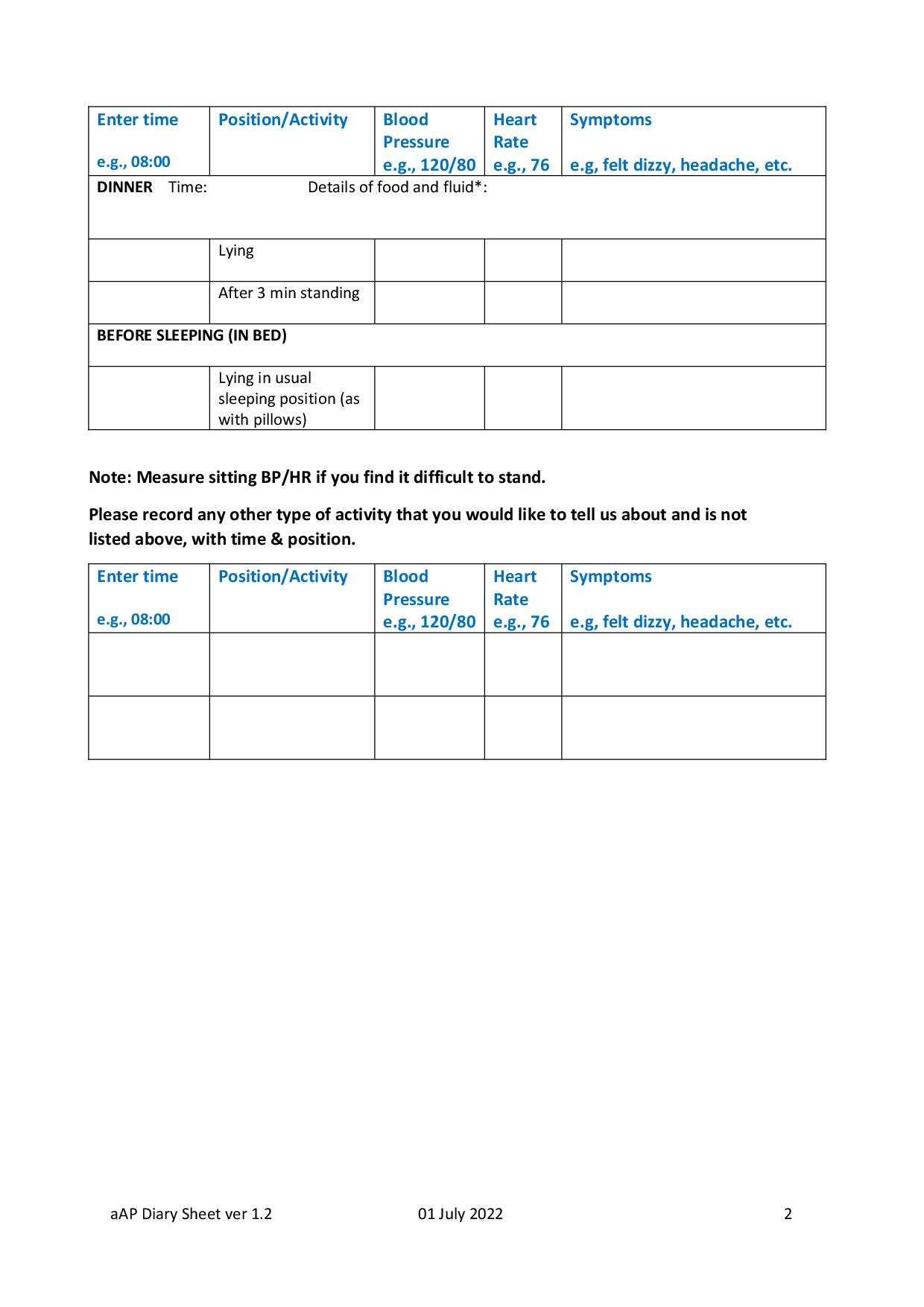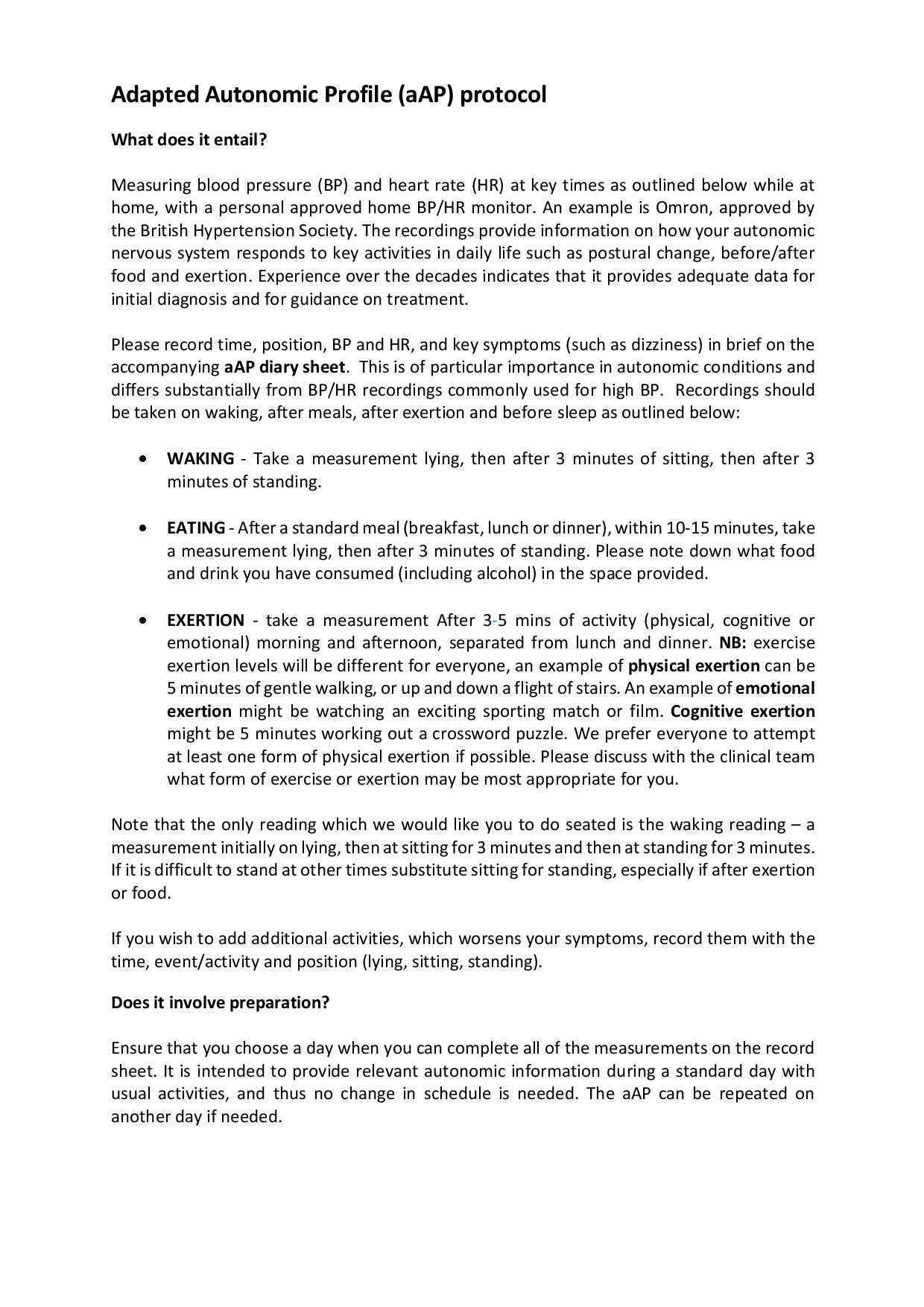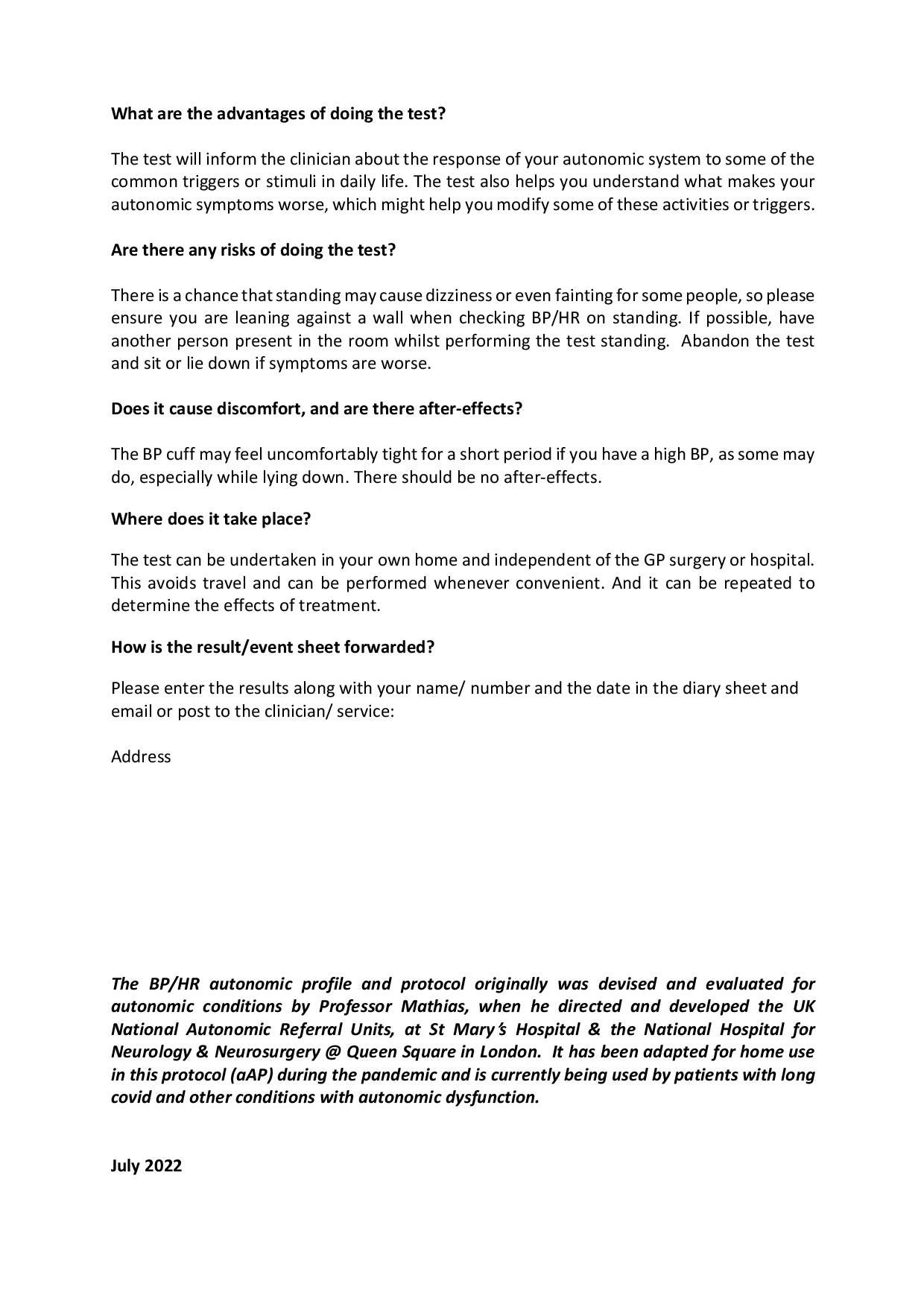This post is the first of several dealing with journaling Long Covid symptoms. There’s an old expression in business: “You can’t manage what you don’t measure.” While Long Covid is a different sphere than the business world, there are several reasons why a person might want to keep track of their symptoms. It can provide insight for doctors when they are ordering tests and making a diagnosis. It can demonstrate recovery (or decline, and provide a basis for demanding more consideration by doctors if there is a clear pattern of decline). Combined with different therapies of unknown effectiveness, it can tell if a person started to improve after adopting a particular program.
This post deals specifically with the aAP protocol, and includes images below of the journal that they use.
The aAP protocol is designed to provide information about the autonomic nervous system - the part of the body that automatically takes care of dozens of bodily functions. A healthy person doesn’t have to think about their autonomic system much - it just works. But autonomic balance can be thrown off in many people.
Monitoring aAP is done at home, by patients, using a relatively inexpensive machine that measures heart rate and blood pressure. Measurements are taken several times a day - on waking, after exertion, after meals, and before bed. By tracking things like what is eaten, it might be possible to identify food triggers (if they exist).
“The adapted Autonomic Profile (aAP) home-based test for the evaluation of neuro-cardiovascular autonomic dysfunction.” Advances in Clinical Neuroscience and Rehabilitation, 8 Aug 2022, Full Article Link.
This sort of information can be relevant to a wide variety of conditions in addition to Long Covid - people with POTS, fibromyalgia, chronic fatigue/ME, Parkinsons’ disease, and type II diabetes all might benefit from knowing more about their autonomic nervous system over time.
Here are high-resolution jpegs of the diary and the instructions, which the authors made freely available to all. The first one is full-sized, and the others are shrunk down a bit (click on them to see the full-sized images).
From a practical standpoint, the journal is a bit bulky - 2 sheets, when a single page might fit all the information. But there are even bigger questions - how does a person analyze and visualize the data? And what do they do with the data?







